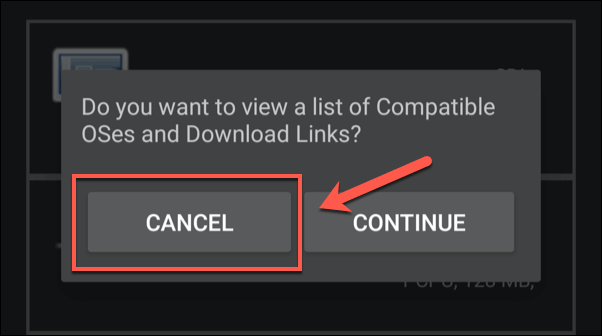


Open the version of the Change My Software tool you want to use.Connect your Android tablet to your Windows PC, via a USB cable.Make sure your Windows PC has a high-speed internet connection.And given how picky Windows 11 is with its processor support, there's a good chance you meet this requirement already.After you install Change My Software on your PC, here are the steps you will need to install Windows on your Android tablet with this tool. The processor requirement isn't so bad if you have something that's at or better than an Intel 8th generation i3, AMD Ryzen 3000, or Qualcomm Snapdragon 8c, you should be okay. Microsoft doesn't state if it will allow users to install the emulator on a hard disk drive (HDD) instead. The company doesn't list how much space the emulator needs on your storage, just that it has to be an SSD.Īs such, there's a good chance that the Android emulator will rely heavily on the faster data transfer speeds of the SSD to work. And while it's not essential to have that much, you can likely expect the Android emulator to work less than ideally on anything less.Īlso, strangely enough, Microsoft lists the storage type as "Solid State Drive (SSD)". However, the recommended amount of RAM is a pretty hefty 16GB of storage. Microsoft states that 8GB is the lowest amount of RAM you can have to run Android apps, which makes sense, given how running Windows 11 on 4GB RAM can be pretty miserable. Probably the most surprising requirement is the system RAM. Over on the Microsoft Support website, the software giant has published the system requirements to run Android apps on Windows 11. What Are the System Requirements for Android Apps on Windows 11? The company has now published the system requirements, and the results may be a little more than you'd initially imagine. After promising the feature during Windows 11's announcement, Microsoft is finally ready to bring Android apps to its new operating system.


 0 kommentar(er)
0 kommentar(er)
